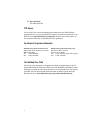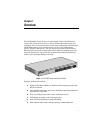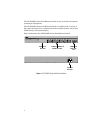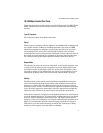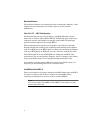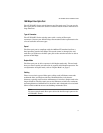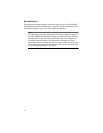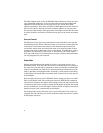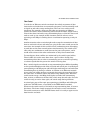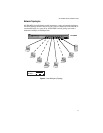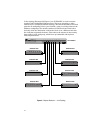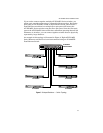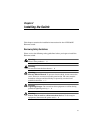8
The MAC address table in the AT-FS709FC Series Ethernet switch can store
up to 4,000 MAC addresses. To prevent the table from becoming filled with
addresses of end nodes that are no longer active, the switch has a MAC
address aging timer. This timer will delete a MAC address from the table if it
does not see a frame from the end node with that address on any port after
five minutes (300 seconds). The aging timer also helps to ensure that the table
is correct should an end node be moved from one port on the switch to another
port.
Store and Forward
The Ethernet switch uses store and forward as the method for receiving and
transmitting frames. When a Ethernet frame is received on a switch port, the
switch does not retransmit the frame out the destination port until it has
received the entire frame and stored the frame in its memory buffer. It then
examines the frame to determine if it is a valid frame. Invalid frames, such as
fragments, are discarded by the switch. In this manner, the switch ensures
that only valid frames are transmitted out its ports and that damaged frames
are not propagated on your network.
Duplex Mode
Duplex mode determines the method by which an end node receives and
transmits of data. If an end node can receive or transmit data, but not both at
the same time, the end node is operating in what is referred to as half-duplex
mode. If an end node can both receive and transmit data simultaneously, the
node is operating in full-duplex mode. Naturally, a node capable of operating
in full-duplex can handle data much faster than a node that can only operate
in half-duplex.
Each twisted pair port on an AT-FS709FC Series switch can operate in either
half- or full-duplex mode. The twisted pair ports are IEEE 802.3u-compliant
and will Auto-negotiate the duplex mode setting. If the end node connected to
a twisted pair port on the switch is capable of full-duplex operation, the switch
sets the twisted pair port to full-duplex. If the end node is capable of only half-
duplex, the port is set automatically to half-duplex.
The duplex mode for the fiber optic port is set to full-duplex. This cannot be
changed. The end node that you connect to the fiber optic port must be capable
of full-duplex operation.



